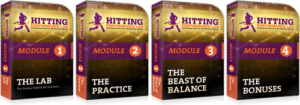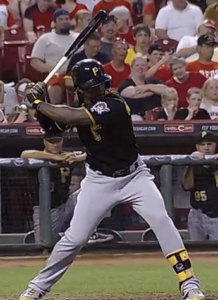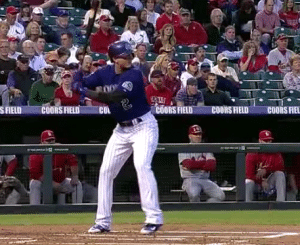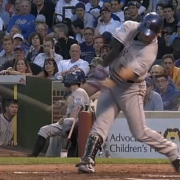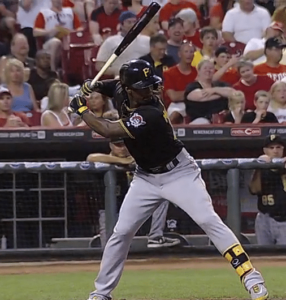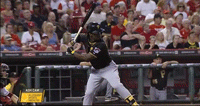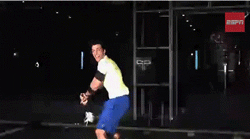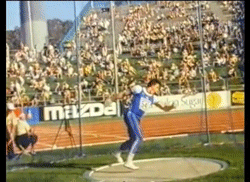Does Jose Abreu Use a Unique MLB Power Technique?
I received an email recently from a top-5 Shot Putter in the mid-80’s named Rob Suelflohn. He threw for over 70 feet! A pretty special feat. CLICK HERE to see YouTube footage of Rob.
He contacted me after watching a couple of my analysis videos. Shortly after, he purchased The Truth About Explosive Rotational Power course to refine his Shot Put technique, as he still competes in Masters Shot Put competitions.
Wait…a Shot Putter buying my course on hitting?!
What really struck him about my mechanical breakdown was that I was speaking his same language, even though I was discussing a completely different competitive human movement.
Or is hitting really that different than Shot Put?
This video compares Jose Abreu to Randy Barnes (holds world record in the Shot Put). We’ll look at:
- Methods v. Principles,
- Top Secret Power: Springy ‘X’ Pattern
- Jose Abreu v. Randy Barnes
Methods v. Principles
Ralph Waldo Emerson once said,
“As to the methods there may be a million and then some, but principles are few. The man who grasps principles can successfully select his own methods. The man who tries methods, ignoring principles, is sure to have trouble.”
In hitting, methods are the drills we do. Just do a search for “baseball (or softball) hitting drills” on YouTube and you’ll find plenty. Principals are human movement rules governing EVERY athlete in motion. As Ralph Waldo Emerson put it,
“The man who tries methods, ignoring principles, is sure to have trouble.”
What principles do rotational athletes like Jose Abreu and Randy Barnes have in common to efficiently create repeatable power?
Top Secret Power: Springy ‘X’ Pattern
One of the principles they use is something I call the Springy ‘X’ Pattern. Imagine a big ‘X’ on your chest connecting shoulder to opposite hip. The same goes for the backside. To load springy connective tissue, called fascia, shorten one leg of the ‘X’ while the other leg lengthens.
Springy fascia is (according to Thomas Myers in his book Anatomy Trains):
- What the bones and muscles float in,
- Gives muscles their shape,
- A spider web or cotton candy-like material, and
- Made of mostly springy collagen fibers.
Jose Abreu v. Randy Barnes
Returning to our original question of does Jose Abreu use a unique MLB power technique? Nope. He uses a unique power technique to human movement! This is also why – according to Wikipedia – Randy Barnes qualified for the 2005 World Long Drive Championship in golf. Golf!! He’s mastered the principles of explosive rotational power. CLICK HERE to put proven human movement science to work in YOUR swing today…

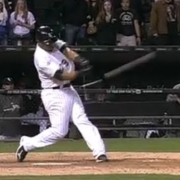
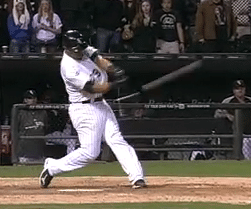

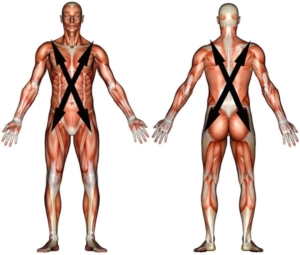

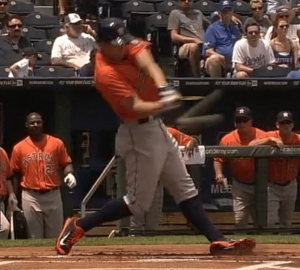
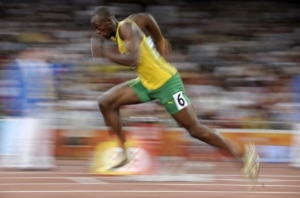
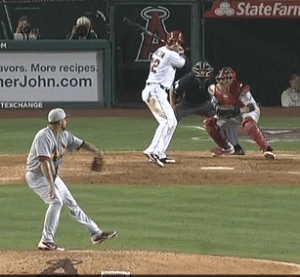 …In this Josh Hamilton video we’re focusing on what most coaches don’t tell you (or simply don’t know) about calibrating the timing of a hitter. You can have the best hitting mechanics, but if timing is off, results can be frustrating. In this video, we’ll analyze:
…In this Josh Hamilton video we’re focusing on what most coaches don’t tell you (or simply don’t know) about calibrating the timing of a hitter. You can have the best hitting mechanics, but if timing is off, results can be frustrating. In this video, we’ll analyze: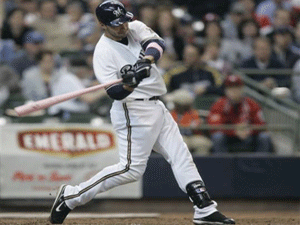 so destructive to friction-free mechanics. The WHY boils down to a strange word…
so destructive to friction-free mechanics. The WHY boils down to a strange word…